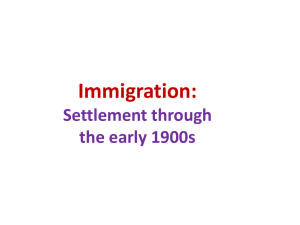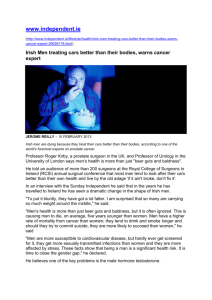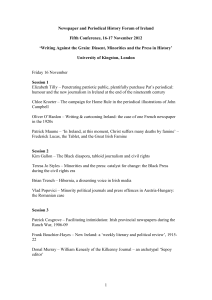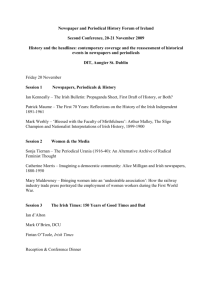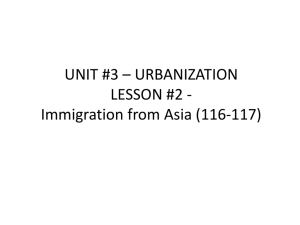Abstract
advertisement
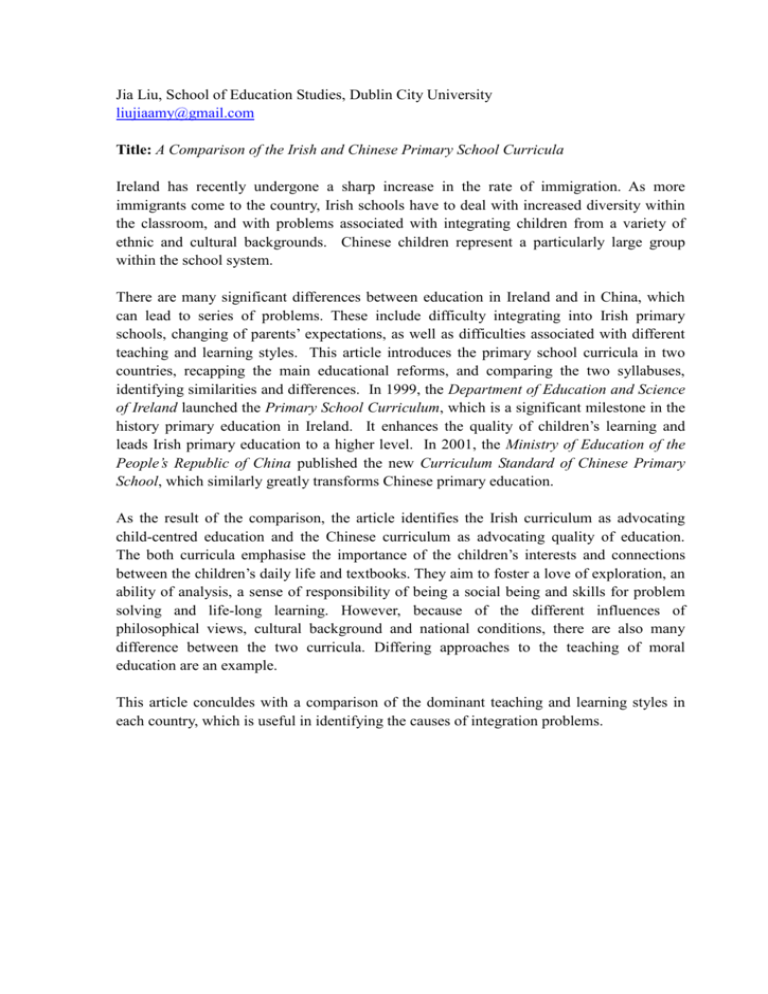
Jia Liu, School of Education Studies, Dublin City University liujiaamy@gmail.com Title: A Comparison of the Irish and Chinese Primary School Curricula Ireland has recently undergone a sharp increase in the rate of immigration. As more immigrants come to the country, Irish schools have to deal with increased diversity within the classroom, and with problems associated with integrating children from a variety of ethnic and cultural backgrounds. Chinese children represent a particularly large group within the school system. There are many significant differences between education in Ireland and in China, which can lead to series of problems. These include difficulty integrating into Irish primary schools, changing of parents’ expectations, as well as difficulties associated with different teaching and learning styles. This article introduces the primary school curricula in two countries, recapping the main educational reforms, and comparing the two syllabuses, identifying similarities and differences. In 1999, the Department of Education and Science of Ireland launched the Primary School Curriculum, which is a significant milestone in the history primary education in Ireland. It enhances the quality of children’s learning and leads Irish primary education to a higher level. In 2001, the Ministry of Education of the People’s Republic of China published the new Curriculum Standard of Chinese Primary School, which similarly greatly transforms Chinese primary education. As the result of the comparison, the article identifies the Irish curriculum as advocating child-centred education and the Chinese curriculum as advocating quality of education. The both curricula emphasise the importance of the children’s interests and connections between the children’s daily life and textbooks. They aim to foster a love of exploration, an ability of analysis, a sense of responsibility of being a social being and skills for problem solving and life-long learning. However, because of the different influences of philosophical views, cultural background and national conditions, there are also many difference between the two curricula. Differing approaches to the teaching of moral education are an example. This article conculdes with a comparison of the dominant teaching and learning styles in each country, which is useful in identifying the causes of integration problems.




